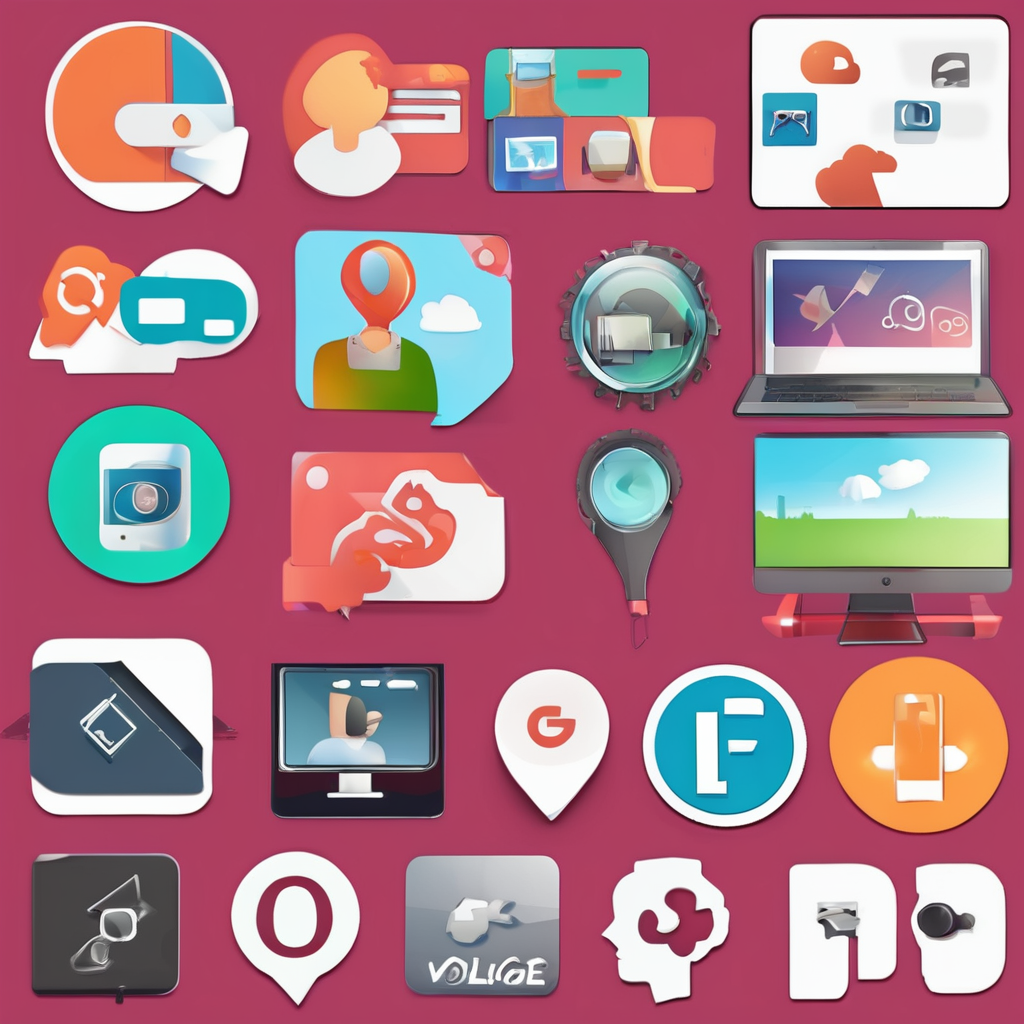Evaluating the Limits of Human and Artificial Intelligence
Understanding the boundaries of human intelligence requires examining our capacity for creative thought, problem-solving, and emotional insight. Humans excel in abstract thinking, contextual reasoning, and ethical judgment—traits that remain challenging for artificial intelligence to fully replicate. Human creativity often involves spontaneous, unpredictable connections that arise from lived experiences and cultural influences.
In contrast, artificial intelligence innovation currently focuses on pattern recognition, data processing, and algorithmic optimization. While AI systems can process vast datasets quickly and generate solutions that might elude humans, their creativity is typically constrained by the parameters set during development. AI’s innovation hinges on computational power and data diversity rather than conscious insight.
Additional reading : How Can UK Technology Innovations Transform Education Systems Globally?
Metrics assessing innovation and creativity differ significantly between humans and AI. Traditional evaluations of human creativity prioritize originality, contextual relevance, and emotional depth. AI innovation metrics commonly measure performance efficiency, novelty within defined bounds, and reproducibility. This discrepancy highlights fundamental differences in the concept of creativity and underscores ongoing debates about the true limits of artificial intelligence compared to human cognition.
Evaluating the Limits of Human and Artificial Intelligence
Understanding the boundaries of human vs AI capabilities requires a clear look at what defines intelligence in both spheres. Human intelligence is characterized not only by cognitive processing but also by creative abilities that involve emotional insight, intuitive leaps, and contextual understanding. These capabilities enable humans to innovate in ways that are flexible and deeply contextual.
Also read : How Will Upcoming UK Technology Trends Impact Everyday Life?
In contrast, the current status of artificial intelligence innovation focuses primarily on pattern recognition, data-driven predictions, and executing tasks within programmed frameworks. AI systems excel in processing vast datasets and generating solutions that may seem creative but often lack true original intent or consciousness.
The intelligence comparison often uses metrics like problem-solving speed, accuracy, and creativity scores in specific domains. However, measuring innovation in AI versus humans goes beyond quantitative metrics. It includes qualitative assessments of creativity, such as novelty, usefulness, and the ability to generalize across different contexts.
Artificial intelligence limits stem from its dependence on learning from existing data, restricting its capacity for genuine spontaneous creativity. Meanwhile, humans continually push their creative boundaries, integrating experience, culture, and emotion. This distinction defines the evolving landscape of human and artificial intelligence capabilities.
Recent Breakthroughs in Artificial Intelligence Innovation
Artificial intelligence innovation has accelerated recently, marking significant AI breakthroughs across multiple domains. In science, AI systems now analyze complex datasets to identify novel drug candidates faster than traditional methods. This demonstrates AI’s ability to process vast information with precision and efficiency, surpassing human capabilities in speed and scale.
In technology, artificial intelligence innovation thrives through advances like generative models that design intricate structures or optimize engineering processes. For example, AI algorithms can produce efficient circuit layouts or suggest new materials with exceptional properties, tasks once limited by human creativity and trial.
Artistic realms witness AI creativity reshaping norms as well. Machine learning models generate music, visual art, and literature that evoke emotional responses, sometimes rivaling human creations in complexity. However, critics question the true originality of these outputs—since AI depends fundamentally on training data and lacks conscious intent.
While current AI achievements highlight impressive performance, understanding their limits clarifies that AI innovation often reflects recombination and optimization within predefined boundaries rather than spontaneous invention or meaning-driven creation. This nuance is crucial in ongoing assessments of artificial intelligence innovation compared to human ingenuity.
Evaluating the Limits of Human and Artificial Intelligence
The human vs AI capabilities debate centers on how intelligence is defined and measured. Humans possess intelligence bounded not only by cognitive processing speed but also by creative insight, emotional understanding, and contextual adaptability. These features allow humans to generate original ideas that are culturally and emotionally resonant.
Artificial intelligence innovation, on the other hand, thrives on data-driven processes. AI systems leverage vast datasets through algorithms designed to maximize efficiency and accuracy. This creates a measure of innovation predominantly grounded in computational power rather than genuine creativity. The artificial intelligence limits manifest in their reliance on pre-existing data, which restricts their ability to innovate spontaneously.
When conducting an intelligence comparison, metrics such as precision, recall, and novelty are applied differently. For humans, innovation assessments value emotional depth, originality, and contextual utility. For AI, performance metrics focus on task accuracy, novelty within programmed constraints, and reproducibility. This divergence highlights fundamental contrasts. While humans push creative boundaries using intuition and experience, AI innovation remains tethered to algorithmic design and learned patterns, revealing where artificial intelligence limits persist despite rapid technological advances.
Evaluating the Limits of Human and Artificial Intelligence
Human vs AI capabilities differ fundamentally in scope and depth. Humans possess creative abilities shaped by emotional insight, intuition, and contextual understanding. These qualities enable flexible problem-solving and genuine originality. In contrast, artificial intelligence innovation remains largely data-driven and algorithmic, limiting AI’s capacity for true creativity.
An intelligence comparison reveals that humans excel at spontaneous idea generation, while AI relies on learned patterns and optimization within predefined frameworks. This creates artificial intelligence limits, chiefly its dependency on existing data and programmed rules, which restricts novel thought or the ability to innovate beyond prior examples.
Metrics assessing creativity reflect these differences. Human creativity is often evaluated by originality, contextual appropriateness, and emotional resonance. For AI, innovation is measured through task performance, novelty within training scope, and reproducibility. These quantitative assessments underscore AI’s strength in scale and speed, yet highlight its gap in intuitive and conscious insight—a hallmark of human creativity.
Thus, understanding these distinct boundaries clarifies the evolving roles of human and artificial intelligence in innovation.
Evaluating the Limits of Human and Artificial Intelligence
Human vs AI capabilities differ fundamentally in how intelligence is expressed and measured. Humans exhibit creative abilities grounded in emotional insight, intuition, and cultural context—qualities that foster novel ideas beyond data patterns. These boundaries of human intelligence enable flexible problem-solving and original thought influenced by lived experience.
Artificial intelligence innovation, in contrast, is defined by its capacity to process enormous datasets and perform tasks with precision. AI relies on algorithms trained on historical data, resulting in innovation that is efficient and reproducible but constrained by predefined models. The artificial intelligence limits thus emerge from this dependency, restricting genuine spontaneity and insight.
Metrics used in intelligence comparison reflect these differences. Human creativity assessments weigh originality, emotional depth, and contextual relevance. AI innovation is predominantly evaluated through task accuracy, novelty constrained within data patterns, and system reproducibility. This reveals that while AI excels in computational power, it remains tethered to algorithmic boundaries, unlike human intelligence which continuously pushes creative frontiers through intuition and experience.
Evaluating the Limits of Human and Artificial Intelligence
The boundaries of human intelligence primarily lie in our creativity and contextual understanding, enabling spontaneous and emotionally resonant insights that machines struggle to emulate. Human vs AI capabilities diverge sharply when it comes to flexible problem-solving founded on intuition and cultural experience, areas where humans excel.
Artificial intelligence innovation, by contrast, hinges on processing power, learning from pre-existing data, and executing algorithm-driven solutions. This reliance creates artificial intelligence limits: AI generates novel outputs by recombination within trained data boundaries, lacking true originality or conscious awareness.
When conducting an intelligence comparison, metrics reflect these fundamental differences. Humans are evaluated on originality, emotional depth, and contextual relevance, whereas AI innovation is measured using performance-based metrics like precision, recall, and reproducibility within defined parameters. This highlights AI’s strengths in speed and scale but underscores its current inability to surpass human creativity’s intuitive and emotional aspects.
Understanding these contrasting traits clarifies why AI, despite rapid advances, remains bounded by its framework, while human intelligence continues to push creative and cognitive limits beyond algorithmic constraints.
Evaluating the Limits of Human and Artificial Intelligence
Delving deeper into human vs AI capabilities, human intelligence is distinguished by its creative abilities that arise from emotional insight, intuition, and cultural context. These qualities enable humans to generate original ideas with profound contextual relevance and adaptability beyond mere data patterns. This flexibility is a key boundary of human intelligence, allowing spontaneous innovation and nuanced problem-solving.
Conversely, artificial intelligence innovation is primarily driven by large-scale data processing and algorithmic patterns. AI systems apply predefined models to generate outputs, often excelling in precision but constrained by the scope of their training data. The artificial intelligence limits stem from this reliance on existing information, which restricts true spontaneity and authentic originality.
When conducting an intelligence comparison, metrics differ notably. Humans are assessed on originality, emotional depth, and applicability across contexts, while AI is measured by task accuracy, reproducibility, and novelty within learned parameters. This contrast underlines AI’s strengths in processing efficiency and scale, yet highlights its current incapacity to fully emulate the intuitive and emotionally rich facets of human creativity.
Evaluating the Limits of Human and Artificial Intelligence
Human vs AI capabilities diverge notably in how creativity and intelligence manifest. Human intelligence includes boundaries shaped by emotional insight, intuition, and cultural context, allowing for original ideas that transcend learned data. This creative flexibility enables humans to solve problems with nuanced understanding and spontaneous innovation.
Artificial intelligence innovation, conversely, relies heavily on large data processing and algorithmic frameworks. AI’s strengths lie in efficiency and pattern recognition, but artificial intelligence limits arise from dependence on predefined models and existing data. This restricts AI from genuine spontaneity or producing creativity independent of training inputs.
In intelligence comparison, distinct metrics apply. Human creativity is evaluated by originality, emotional depth, and contextual applicability, reflecting the rich, multifaceted nature of human thought. AI’s innovation is measured by performance accuracy, novelty within set parameters, and reproducibility of results. These metrics highlight AI’s computational power yet confirm its bounded capacity compared to the intuitive, context-aware human intelligence.
Understanding these differences in human vs AI capabilities clarifies why AI innovation, while impressive, remains fundamentally limited by the structures and data influencing its operation.
Evaluating the Limits of Human and Artificial Intelligence
Human vs AI capabilities diverge significantly in their foundational nature. Human intelligence encompasses creative abilities deeply rooted in emotional insight, intuition, and cultural context. These factors contribute to flexible, spontaneous innovation and nuanced problem-solving that extend beyond quantifiable data processing. In contrast, artificial intelligence innovation is currently defined by data-driven algorithms that operate within predefined parameters, limiting AI’s potential for authentic originality.
When examining intelligence comparison, the metrics reflect these divergent strengths. Humans are evaluated on originality, emotional depth, and adaptability across varied contexts. Artificial intelligence limits emerge from its reliance on training data and algorithmic structures, resulting in innovation measured chiefly by task performance, novelty within learned boundaries, and reproducibility.
AI’s innovation metrics focus on precision and recall, assessing how accurately AI reproduces or generates outputs based on existing information. Conversely, human creativity thrives on novelty and contextual relevance, often difficult to quantify but critical for genuine innovation. This distinction highlights the fundamental difference: while AI excels in scale and computation, it lacks the conscious insight and emotional resonance that characterize human creativity.




